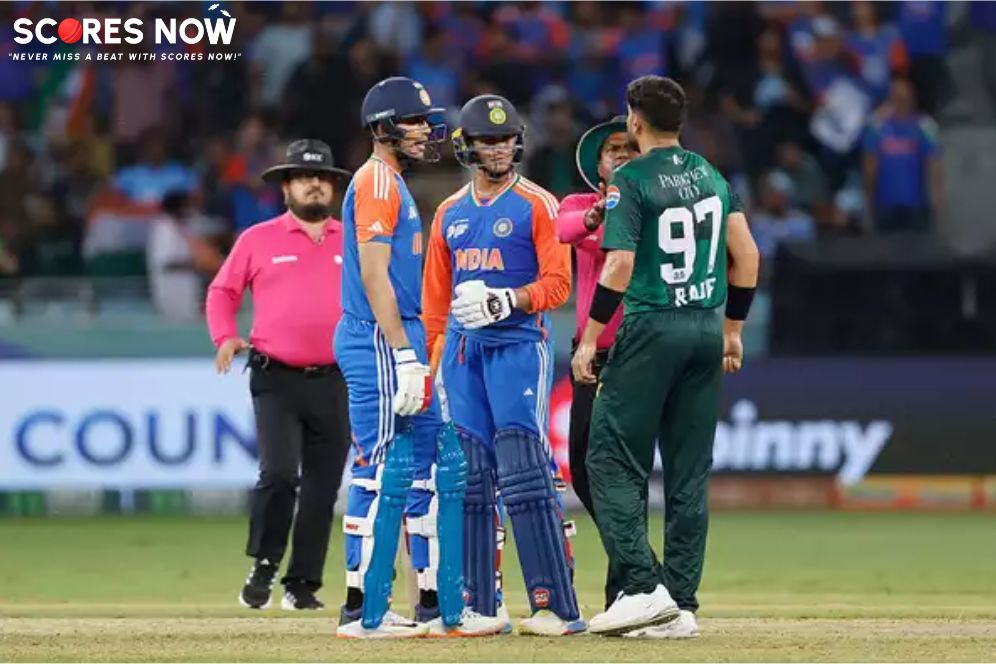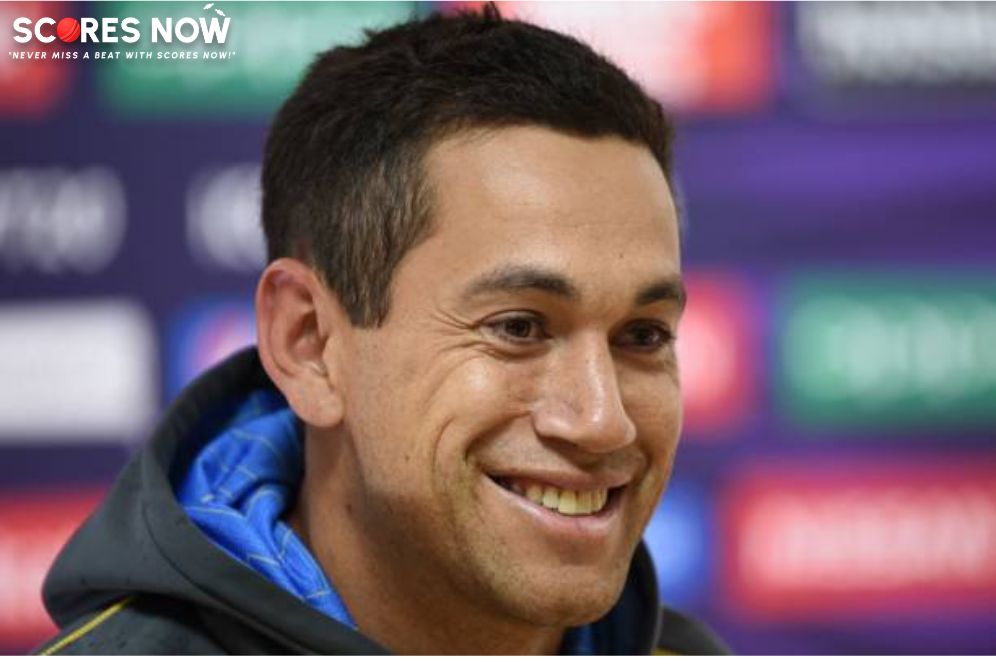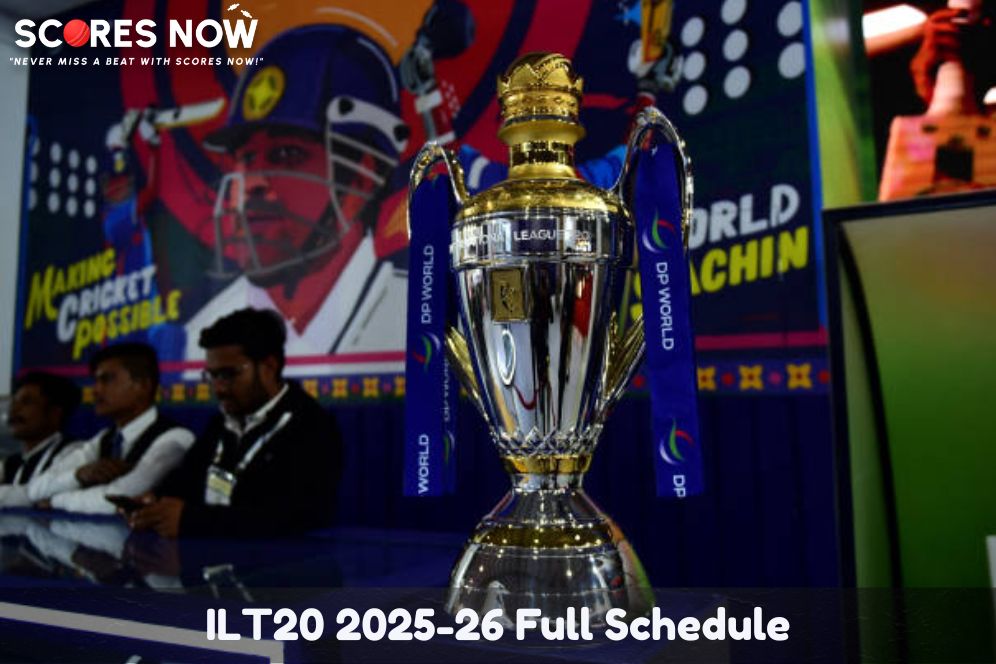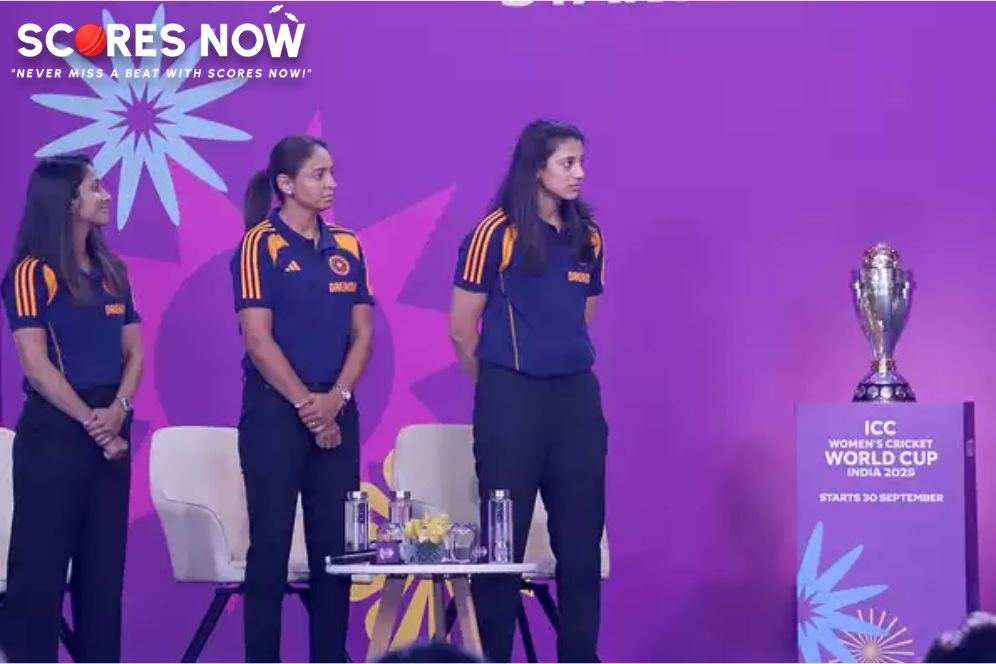Understanding The IPL RTM Rule Regulation

Before The IPL 2025 Super Auctions, Let's Clarify What This RTM Rule Regulation Is:
Cricket fans eagerly await the IPL Mega Auctions, when clubs use a bidding procedure to rebuild their squads.
The Right to Match (RTM) card is one of the primary tactics teams use in these auctions. Even if players from the team from the previous season are being bid on by other clubs, this law permits teams to keep them.
How the RTM Rule Regulation Works ?
- Player Retention: Prior to the auction, teams are allowed to keep up to six players. RTM cards or direct retention are two ways to do this.
- Auction Process : The team can use its RTM card during the auction if a player from their former squad is up for bid.
- Matching the Bid: A team must match the player's highest bid while using the RTM card.
- Counter-Bid: The team that placed the highest bid before the RTM card was used gets one final chance to raise their bid.
- Final Decision: The team that used the RTM card then has the option to match this final bid or let the player go to the original bidder.
Key Points to Remember
- Limited RTM Cards: Teams have a limited number of RTM cards, usually three per team.
- Increased Competition: The RTM rule can lead to intense bidding wars and higher player prices.
- Player Value: The RTM rule highlights the value of players and their impact on a team's performance.















